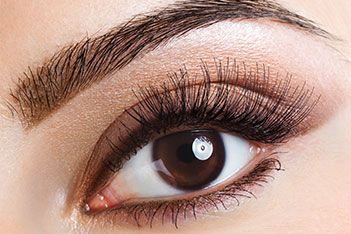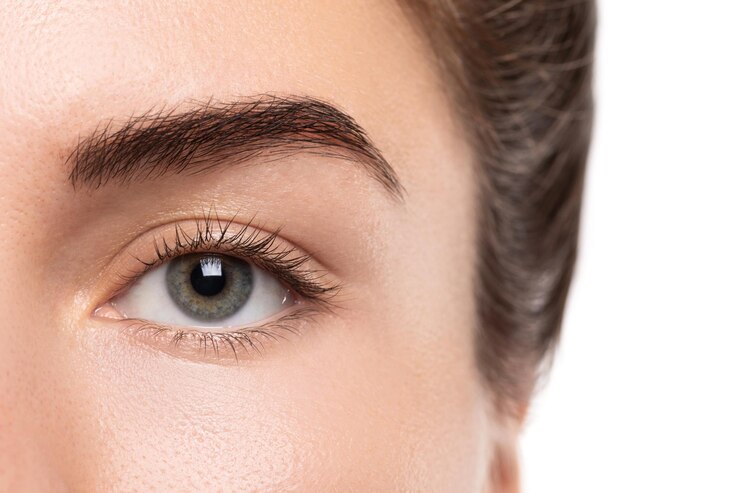Brow lift surgery, also known as a forehead lift, is a popular cosmetic procedure aimed at rejuvenating the brow area and improving facial aesthetics. While the surgery itself can lead to impressive results, the recovery process is a critical phase that significantly influences the overall outcome. Understanding what to expect during recovery can help patients prepare adequately and ensure a smooth healing process.
Immediate Postoperative Care
Following Brow Lift Surgery In Dubai, patients are typically monitored in a recovery area for a short period before being discharged. During this time, medical staff will check vital signs and ensure that there are no immediate complications. Patients may experience some grogginess from anesthesia, and it’s essential to have a responsible adult accompany them home, as driving or operating machinery is not advised immediately after surgery.
Post-Anesthesia Effects
After the anesthesia wears off, patients may feel disoriented or experience mild nausea, which is common. Pain and discomfort in the brow area are also typical but can usually be managed effectively with prescribed pain medications. Patients should take the medications as directed to ensure comfort and promote healing.

Managing Swelling and Bruising
Swelling and bruising are common after brow lift surgery, particularly in the forehead and eyelid areas. Here are some tips for managing these symptoms:
- Cold Compresses: Applying cold compresses gently to the forehead and eyes can help reduce swelling and provide relief. Patients should avoid placing ice directly on the skin; instead, wrap ice in a cloth.
- Head Elevation: Keeping the head elevated, even while sleeping, can minimize swelling. Patients should use extra pillows or sleep in a reclined position for the first few nights post-surgery.
- Hydration: Staying well-hydrated is crucial during recovery. Drinking plenty of fluids can help the body heal and reduce swelling.
Activity Restrictions
For optimal recovery, patients are advised to avoid strenuous activities and heavy lifting for at least two weeks following the surgery. Here’s a breakdown of recommended restrictions:
First Week
During the first week, patients should focus on resting and allowing their bodies to heal. Activities such as bending over, lifting heavy objects, and vigorous exercise should be avoided. It’s also important to refrain from any activities that could lead to increased blood pressure or heart rate, as these can exacerbate swelling.
Returning to Normal Activities
After the first week, many patients start to feel better and can gradually return to light activities. However, it’s essential to follow the surgeon's guidance regarding the timeline for resuming specific activities. Most individuals can return to work and non-strenuous activities within 10 to 14 days.
Avoiding Sun Exposure
During the initial recovery phase, the skin is sensitive and vulnerable to sun damage. Patients should avoid direct sun exposure and wear a wide-brimmed hat or sunglasses when outdoors. Sunscreen with a high SPF should be applied to protect healing skin.
Follow-Up Appointments
Follow-up appointments are an integral part of the recovery process. The surgeon will typically schedule a visit within a week after the surgery to assess healing, remove sutures if necessary, and address any concerns. Attending these appointments is crucial to ensure proper recovery and optimal results.
Signs of Complications
While most patients experience a smooth recovery, it’s important to be aware of potential complications. Patients should contact their surgeon if they notice any of the following:
- Increasing pain not alleviated by medication
- Excessive swelling or bruising
- Signs of infection, such as fever or discharge from the incision sites
- Unusual changes in vision
Early detection of complications can lead to more effective treatment and better outcomes.
Long-Term Recovery and Results
As recovery progresses, patients will notice significant improvements in their appearance. While swelling may take several weeks to fully subside, many individuals see results shortly after surgery. The brow will appear lifted, and forehead wrinkles and frown lines will diminish.
Final Results
The full results of a brow lift can typically be seen within three to six months as all swelling subsides and the skin settles into its new position. Patients can expect their new brow contour to provide a more youthful and refreshed appearance for years to come, though natural aging will continue.
Conclusion
The recovery process after brow lift surgery is a vital component of achieving optimal results. By understanding the immediate postoperative care, managing swelling and bruising, adhering to activity restrictions, attending follow-up appointments, and recognizing signs of complications, patients can ensure a smoother healing journey. With proper care and attention, individuals can enjoy the transformative effects of their brow lift for years to come, enhancing their overall confidence and self-image.





Comments